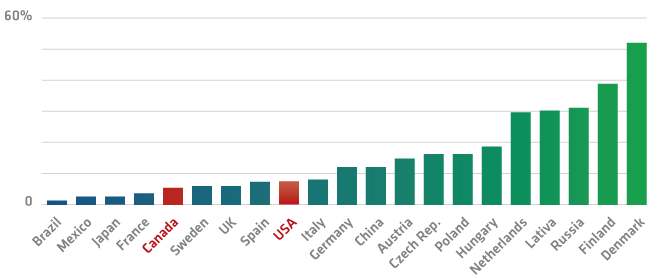CHP is a form of energy recycling that recovers heat that’s normally wasted when generating power to supply the heating or cooling needs of an end user. By capturing and using waste heat, CHP requires less fuel than equivalent separate heat and power systems to produce the same amount of energy. CHP technology is located near or at the point of use so it eliminates the losses that occur in the transmission and distribution of electricity from a power plant to the user.
In a typical electric power generation plant, input fuel is used to create electricity while excess thermal energy (in the form of steam) is wasted in the process. Many facilities, both commercial and industrial, require a substantial amount of thermal energy for heating, cooling and other low temperature processes. By locating an electric generation plant on-site at a facility that has a significant demand for thermal energy, steam that is typically wasted can be used by the host. Each CHP plant reduces their host's energy costs and reduces emissions as compared to buying power off of the grid and producing steam with boilers.
CHP Share of Total National Power Production

Current CHP projects in the U.S. provide a level of CO2 reduction that is the equivalent of removing more than 45 million cars from the road.
According to the United States Department of Energy, more than two thirds of the fuel used to generate power in the U.S. is lost as heat.
|